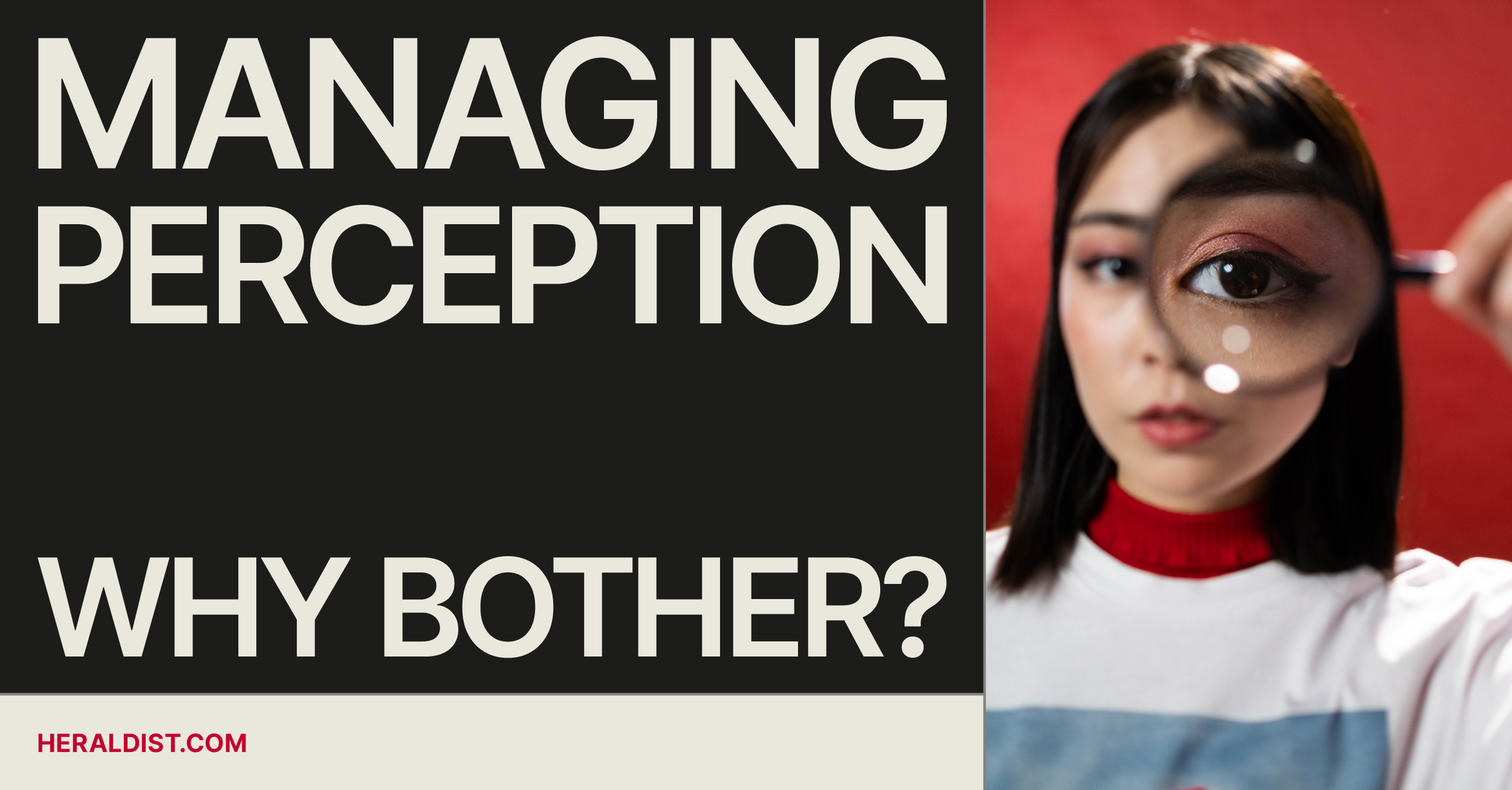Managing Perception - Why Bother?
The best product is not always the most successful product.
The product that is perceived to be the best is the most successful.
Despite consistent evidence showing that across industries, the focus of most tech startup founders is building the best product.
Managing Perception is the yin of Building the Product’s yang. They cannot and should not exist without each other.
Perception not only influences the success of startups, it can also lead to their demise: 9 out of 10 startups fail and half of the reasons they do are connected to the way their products are perceived. Souce: Failory.com
Good products need to give people reasons to connect with them beyond the product features. The innovation will get your product up to a level of growth. After this, when the novelty runs out, when the technology is copied, where similar features are offered by competitors, if your customers judge their relationship with you based entirely on product features, your product risks being commoditized. The only differentiating criteria is now pricing and this starts a price war in the category; the profit margin erodes and decline starts.
This is why differentiating beyond the product features and the price is essential.
Find what makes you special and communicate it coherently and consistently in everything you do: from the way you look (logo, website, app, packaging etc) to the way you talk to customers on media channels but also on the customer care line, the partnerships you enter, the events you sponsor, the criteria you use to hire people and so on.
Founders with marketing flair or a marketing education know this. They understand that good products need to find their space in their customers’ minds and build relevant connections there.
Managing Perception is managing that space you get in your customers’ minds. And from a point onwards, what’s happening in that space is the key driver for your company’s growth.
By Mirela Angelescu

